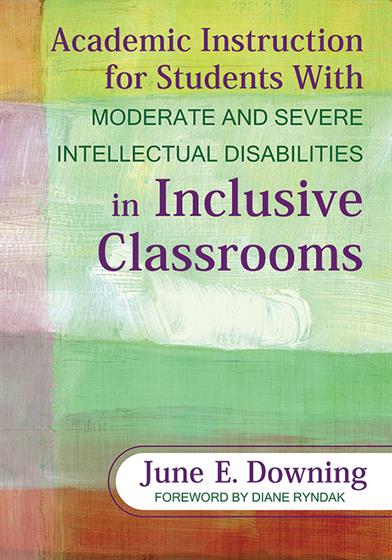
Hands-on, Practical Guidance for Educators
From math,
literacy, equity, multilingual learners, and SEL, to assessment, school counseling,
and education leadership, our books are research-based and authored by experts
on topics most relevant to what educators are facing today.
Academic Instruction for Students With Moderate and Severe Intellectual Disabilities in Inclusive Classrooms
Foreword by Diane Ryndak
Help students with significant disabilities succeed in the general education classroom!
Teachers of students with moderate to severe disabilities need methods for individualized and systematic instruction to provide appropriate support in inclusive classrooms. This comprehensive resource meets that need by offering practical strategies, information, and ideas for individualized instruction and assessment. Drawing from a strong research base, the author helps general and special education teachers:
- Adapt their curriculum to meet both individual student needs and state standards
- Work collaboratively with other teachers
- Develop assessments that accurately determine student needs
- Keep track of student progress through data collection
- Grade Level: PreK-12, Elementary, Secondary
- ISBN: 9781412971423
- Published By: Corwin
- Year: 2010
- Page Count: 208
- Publication date: November 29, 2012
Price: $43.95
For Instructors
When you select 'request review copy', you will be redirected to Sage Publishing (our parent site) to process your request.


